Roots Along the Quiet Miles
This is our story of planting native trees, creating roots along the Quiet Miles, as we ride from border to border.
We’ve been planting trees for years now—quiet little ceremonies tucked between everyday life. Two or three at a time, in memory of Brian Gregory Cosey, our son who passed in 2017. There’s a kou in Hawaiʻi that catches first light. There are two oaks in Romania. There are maples, hickory, and oaks across Pennsylvania—state parks, trail edges, and ball parks, as well as our own back yard—each one a small promise we made and kept.
As we set our sights on the Long Ride, we’re bringing that promise with us. Fading Hoofbeats will plant native trees, shrubs, cacti, and grasses along the route—some as memorials for Brian, others simply for the sake of conservation. We’ll do this the same way we train our mustangs: patiently, with respect for the ground we stand on and the communities we ride through. It will be a healing of the scars left by mankind and nature.
“The trail isn’t measured in miles, but in the roots we leave behind.”
Roots along the quiet miles, what we’re planting—and why “native” matters
Wherever we ride, we’ll choose species that belong—plants that evolved with local soils, seasons, insects, and birds. Native species:
- survive better with less water and fuss
- support pollinators and wildlife
- knit soil, slow runoff, and rebuild habitat
No imports. No invasives. Just the right plant in the right place, with local ecologists, land managers, and volunteers guiding the choices.
Our weekly rhythm on the ride
We’re aiming to plant 3–7 new natives each week, along with one memorial. Over roughly 51 weeks on trail, that’s a realistic 250+ plantings (range ~150–350 depending on weather, access, and permissions). Think cottonwoods near water, piñon and juniper on the dry shoulders, serviceberry and willow where they fit, prickly pear and native cacti down south—whatever the land and local partners say is right and needed.
For memorial plantings, we’ll add a simple dedication. We also mix in a small pinch of ashes at those memorial trees, where allowed—never for conservation plantings—kept private and respectful.
Stewardship that lasts beyond the moment of planting
We won’t plant and disappear. For each site, we’ll work with local partners—Boy Scouts and Girl Scouts, trail associations, park staff, school clubs, tribal and community groups—to:
- Site and species-check before we arrive
- Plant with best practices (depth, mulch, water, guards if needed)
- Adopt each tree or plant and check on it at 6 months and 1 year
Partners will send quick updates (survival, growth, photos). We’ll post those on the Fading Hoofbeats website so our readers—and our sponsors—can follow the impact in real time.
Follow Brian’s Tree Map
My daughter Angie built a beautiful, living map of the places we’ve planted so far. You can explore it here:
We’ll keep adding new points as the Long Ride unfolds so you can ride along with us, grove by grove.
How you (or your group) can be part of the roots along the quiet miles
- Local conservation groups & parks: Invite us to plant on your scheduled volunteer days. We’ll match our route timing to yours where possible.
- Youth groups & trail crews: Sponsor a week’s plantings, host a workday, or adopt a site for the 6- and 12-month check-ins.
- Sponsors & donors: Underwrite a “Week of Roots” (3–7 natives). We’ll feature your support, share GPS and stewardship updates, and credit you on our map and recap posts.
- Readers: Share the map, suggest partner groups along our route, or dedicate a memorial tree in someone’s name.
Accountability, the cowboy way
Every “Week of Roots” gets a short recap: species, location (generalized when necessary), partners, and photos. At six months and again at one year, we’ll publish the check-in notes we receive—wins, losses, re-plants if needed. That’s real conservation: honest, iterative, and rooted in community.
If you’d like your group to host a planting day, dedicate a memorial tree, or sponsor a Week of Roots, reach out through our contact page. We’ll bring the shovels and the stories; you bring your hands and your corner of ground. Together, we’ll leave a living line of green along the Quiet Miles.
If you like puzzles and games, check out my very first Trail Breaks puzzle “More Roots Along the Quiet Miles” for a fun word search game. Also, check the Trail Breaks page for other fun and games.
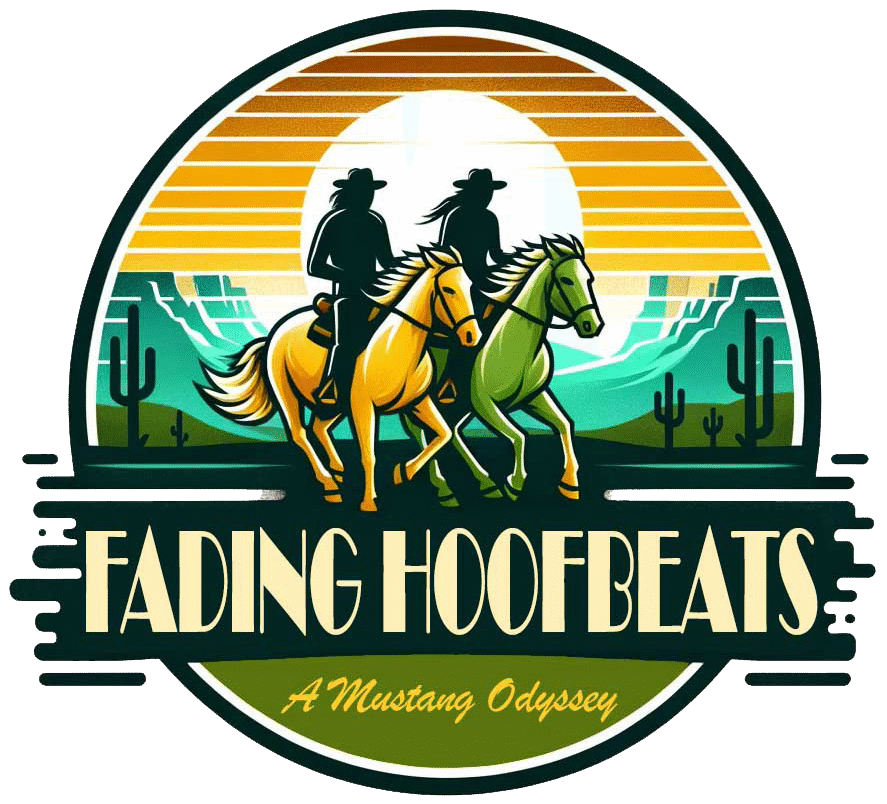
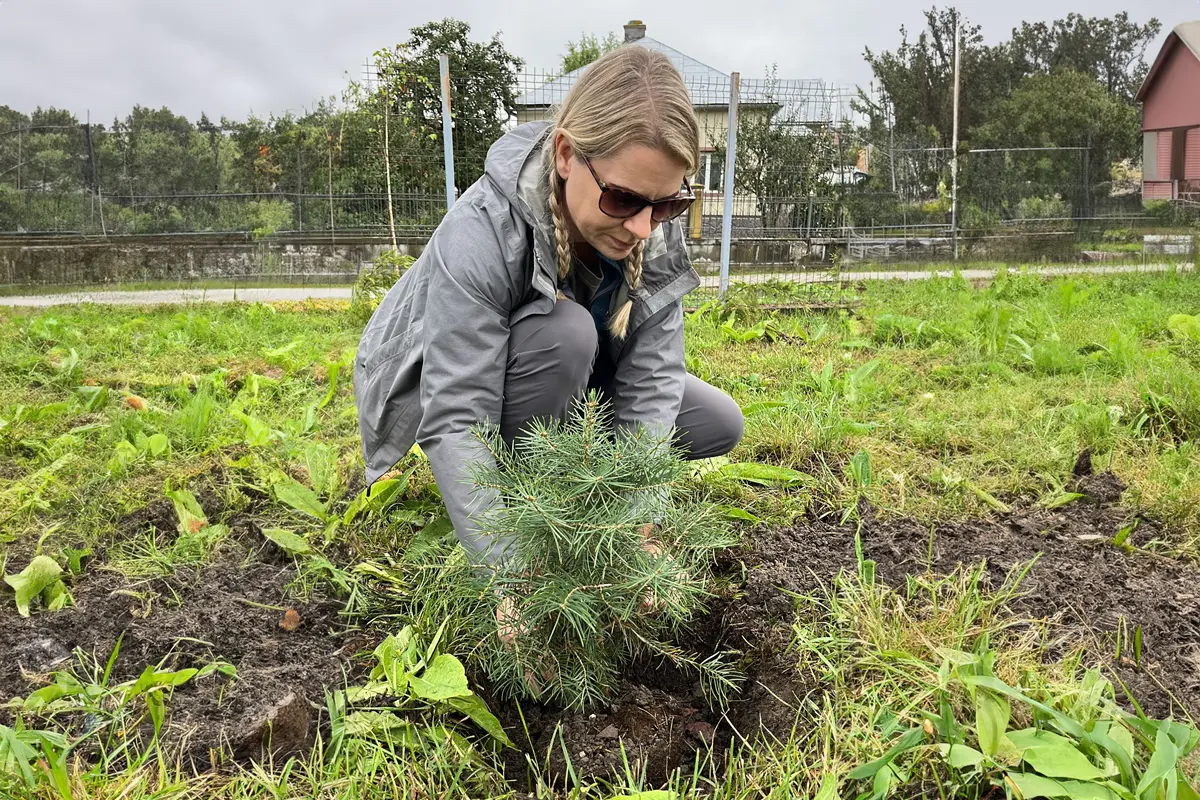
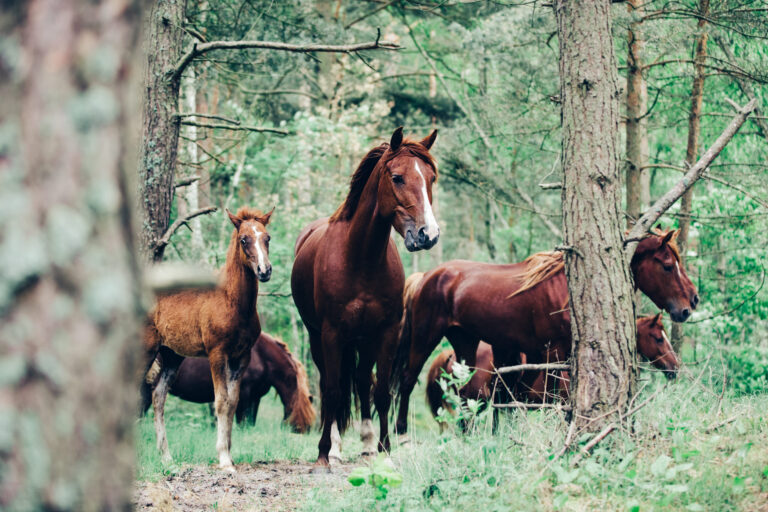
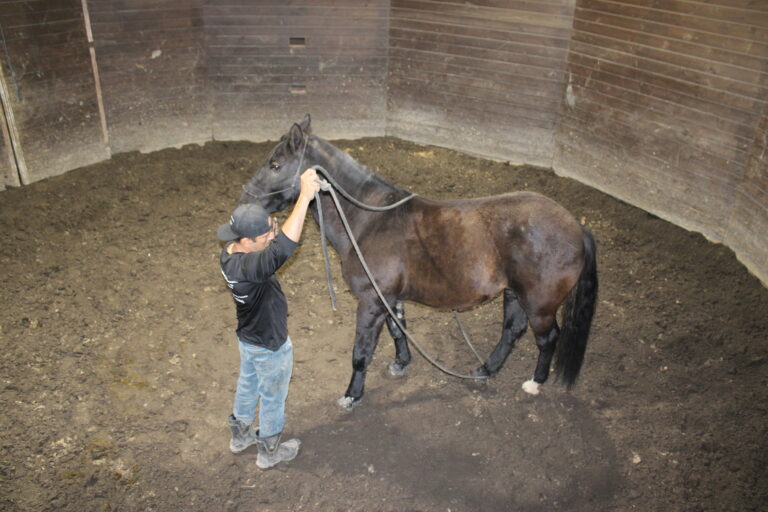
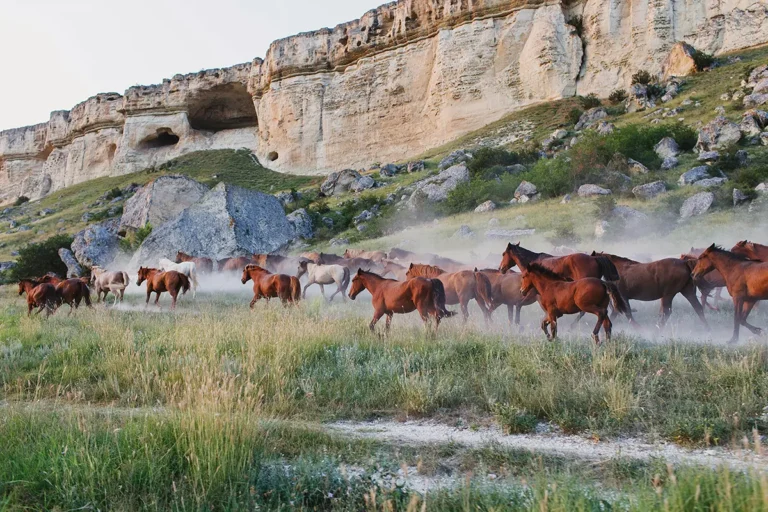
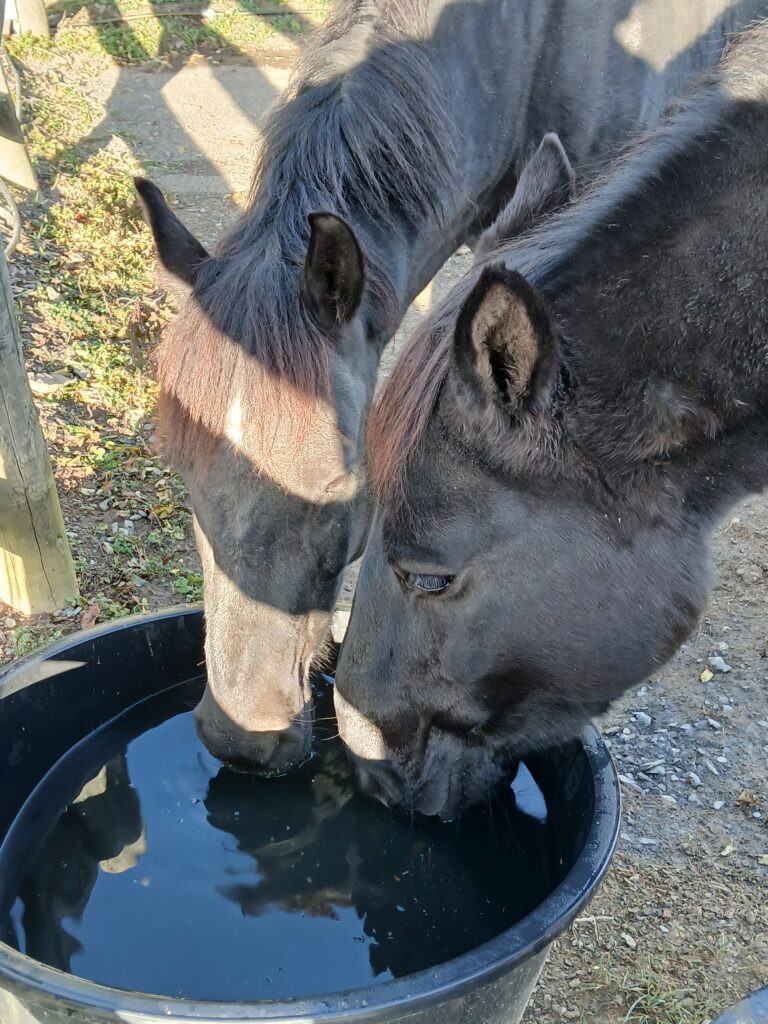
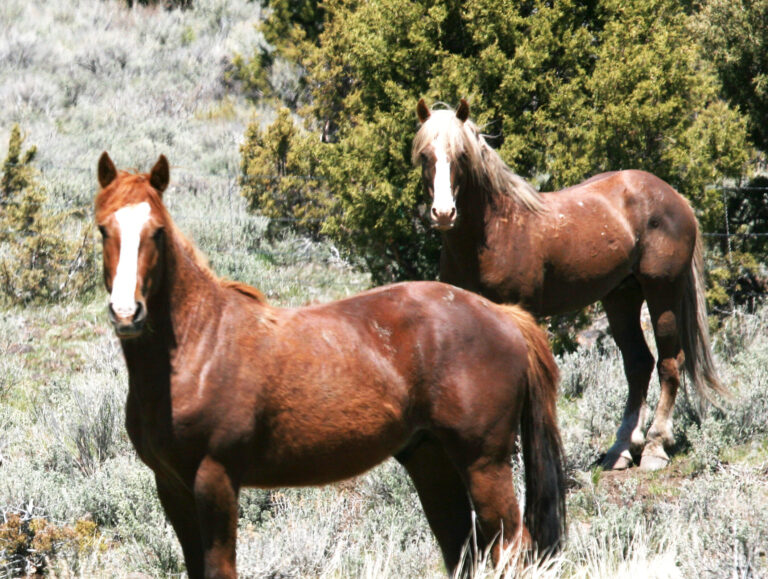
One Comment